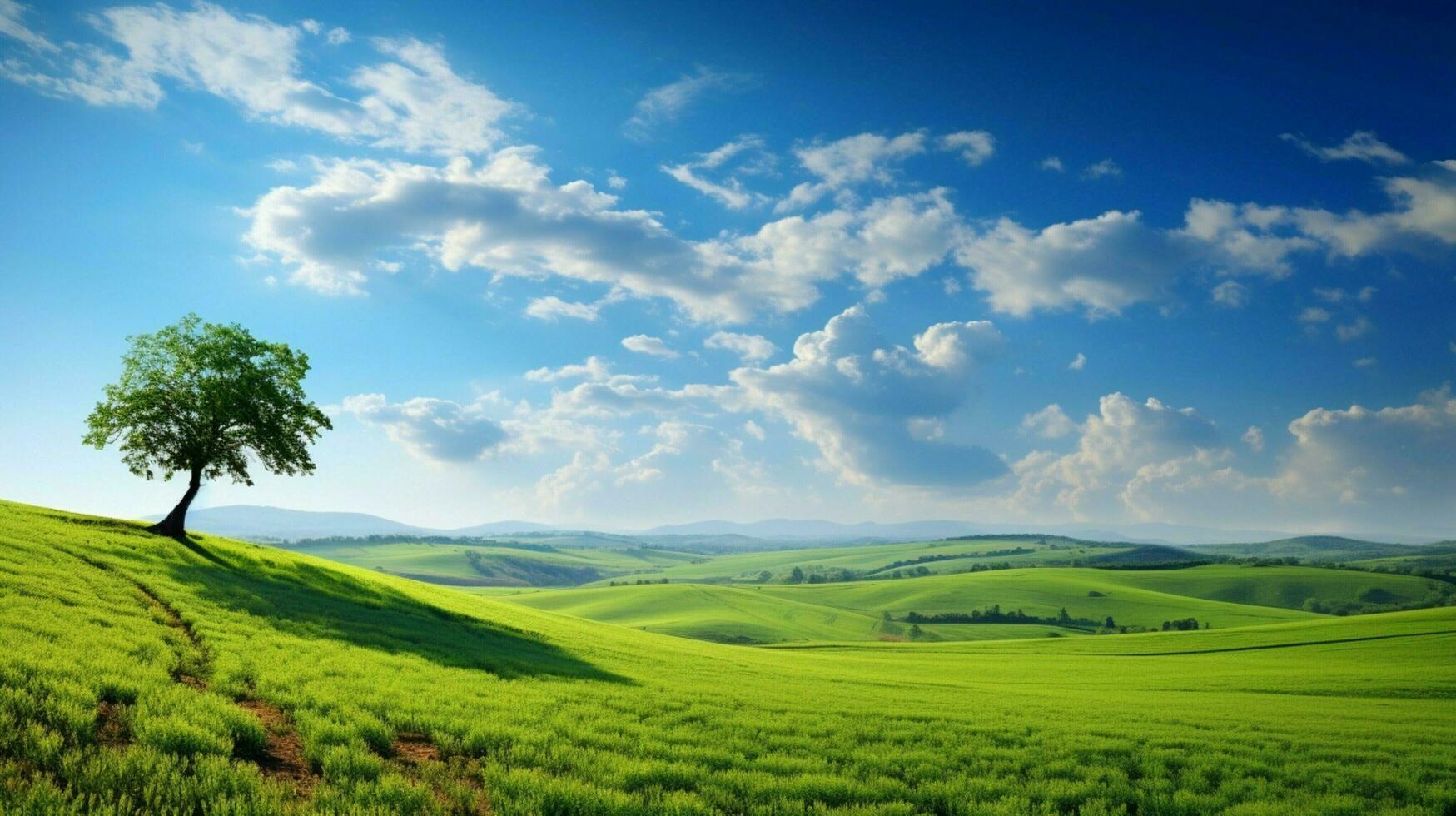Index Surge: Amplifying Your Insights
Stay updated with the latest trends and news across various industries.
Capturing Nature's Whispers: The Secrets Behind Stunning Photos
Unlock the secrets to breathtaking nature photography and capture stunning images that whisper the beauty of the wild!
Techniques for Capturing the Perfect Landscape: From Golden Hour to Night Sky
Capturing the perfect landscape begins with understanding the magic of golden hour. This term refers to the period shortly after sunrise and before sunset when the sunlight is softer and warmer. To make the most of this time, consider arriving at your chosen location early to scout for optimal compositions. Use the rule of thirds to position the horizon and balance your foreground elements. Experiment with different angles and viewpoints to find the most striking perspective that highlights the natural beauty of the landscape. Don’t forget to adjust your camera settings to capture the rich colors and textures that come alive during this enchanting timeframe.
As the day transitions to night, the landscape transforms yet again, offering opportunities for stunning astrophotography. Shooting the night sky demands careful preparation: bring a sturdy tripod, use a wide-angle lens, and set your camera to a high ISO for better light sensitivity. A long exposure will reveal the beauty of the stars and perhaps even the Milky Way. Consider using charts and apps to help locate celestial objects and plan your shooting schedule accordingly. By mastering these techniques, you'll be well-equipped to capture breathtaking landscapes, no matter the time of day.

Essential Gear for Nature Photography: What You Need to Get Started
Embarking on a journey into nature photography requires the right tools to capture the beauty of the outdoors effectively. At the heart of your gear should be a quality camera, such as a DSLR or mirrorless model, that allows for interchangeable lenses and manual settings. Alongside your camera, invest in a sturdy tripod to stabilize your shots, especially in low light conditions or when capturing long exposures. Don't forget a variety of lenses to suit different situations – a wide-angle lens for expansive landscapes, a macro lens for intricate details, and a telephoto lens for distant wildlife.
In addition to your camera and lenses, there are several essential accessories to enhance your nature photography experience. A weatherproof camera bag will protect your gear from the elements while providing easy access on the go. Consider packing filters, such as polarizers or ND filters, to manage reflections and exposure levels. Lastly, always carry extra batteries and memory cards, as nature photography often leads you into unexpected adventures where you won't want to miss a moment capturing astonishing scenes.
How to Find Unique Perspectives in Nature Photography: Tips and Tricks
Finding unique perspectives in nature photography requires a blend of creativity and technique. Start by exploring different angles and vantage points. Instead of shooting from eye level, try crouching down to ground level or positioning yourself on an elevated surface. This can reveal textures and details that are often overlooked, giving your photographs a fresh perspective. Additionally, consider the time of day; the golden hour - shortly after sunrise or before sunset - provides soft lighting that can dramatically transform your images.
Another effective tip is to focus on composition. Utilizing the rule of thirds can help create balance in your images, while leading lines can draw the viewer's eye into the scene. Incorporating natural frames, like branches or openings in foliage, can also lend depth and interest to your work. Don't hesitate to experiment with different focal lengths to compress or expand the scene, and remember that sometimes the most unique perspective comes from unexpected subjects or details, so keep your eyes open for moments that may inspire you!